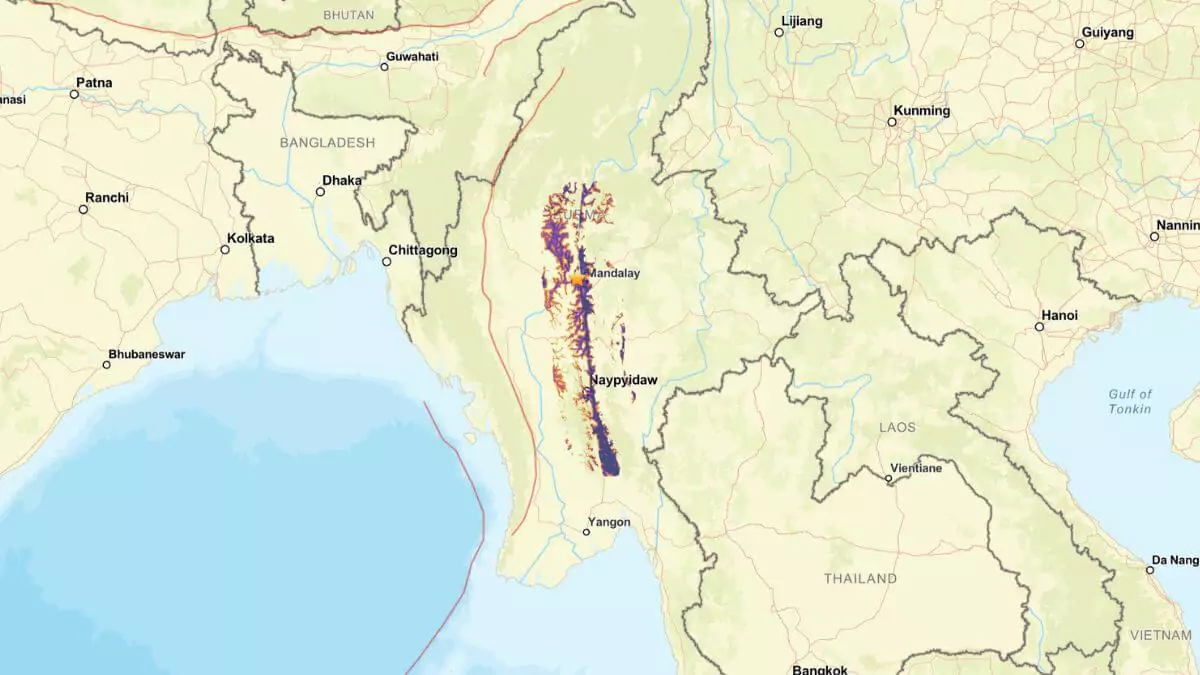March 29, 2025 – A catastrophic 7.7 magnitude earthquake struck Myanmar and Thailand on March 28, 2025, killing over 1,000 people and leaving a trail of destruction across the region. As international aid begins to arrive, the disaster has highlighted the urgent need for global cooperation and advanced technology in disaster response.
The earthquake’s epicenter was near Mandalay, Myanmar’s second-largest city, where collapsed buildings have claimed numerous lives. Myanmar’s military government reported a death toll of 1,002 as of Saturday, March 29, a significant rise from the initial 144 reported on Friday, according to official figures. In Thailand, the quake’s impact reached Bangkok, 600 kilometers away, where a skyscraper under construction collapsed, killing at least nine people and leaving 49 missing, as detailed in a report on the Bangkok aftermath.
Rescue efforts are underway, but the situation remains dire. In Mandalay, residents and rescue workers are struggling with limited heavy machinery to clear debris, as noted in a summary of the rescue operations. The U.S. Geological Survey (USGS) estimates that the death toll could exceed 10,000 in Myanmar, with economic losses potentially surpassing the country’s annual output, according to predictive estimates. In Bangkok, Thai authorities are using drones to detect body heat in the rubble, a technology-driven approach to rescue efforts, as reported in live updates on the crisis.
Myanmar’s junta has made a rare call for international assistance, a sign of the disaster’s severity amid the country’s ongoing political turmoil. The World Health Organization (WHO) is mobilizing medical supplies, and the European Union has pledged support. However, internet restrictions imposed by the junta are hampering communication, making it difficult to coordinate aid efforts. “It’s very serious, we need humanitarian and technical assistance from the international community,” said Zin Mar Aung, a diplomat from Myanmar’s parallel National Unity Government.
The disaster has sparked discussions about the role of technology in disaster response. In the U.S., where states like California face similar seismic risks, experts are exploring how AI-driven disaster prediction tools could help mitigate future crises. FEMA reports that the U.S. invested $1.2 billion in 2024 for earthquake preparedness initiatives, but more is needed to protect vulnerable communities. American disaster teams are offering technical support to Myanmar and Thailand, reflecting a global commitment to disaster response.
The earthquake’s impact extends beyond physical destruction, deepening the humanitarian crisis in Myanmar, where civil war has already displaced millions. In Thailand, the disaster threatens the tourism industry, which accounts for 12% of GDP, according to a 2024 World Bank report. As the region begins to recover, the international community is rallying to provide aid, but the road ahead remains challenging. For more on how technology is shaping disaster response, explore our coverage of smart tech solutions or decentralized apps for crisis management. Stay updated with Technocodex.







